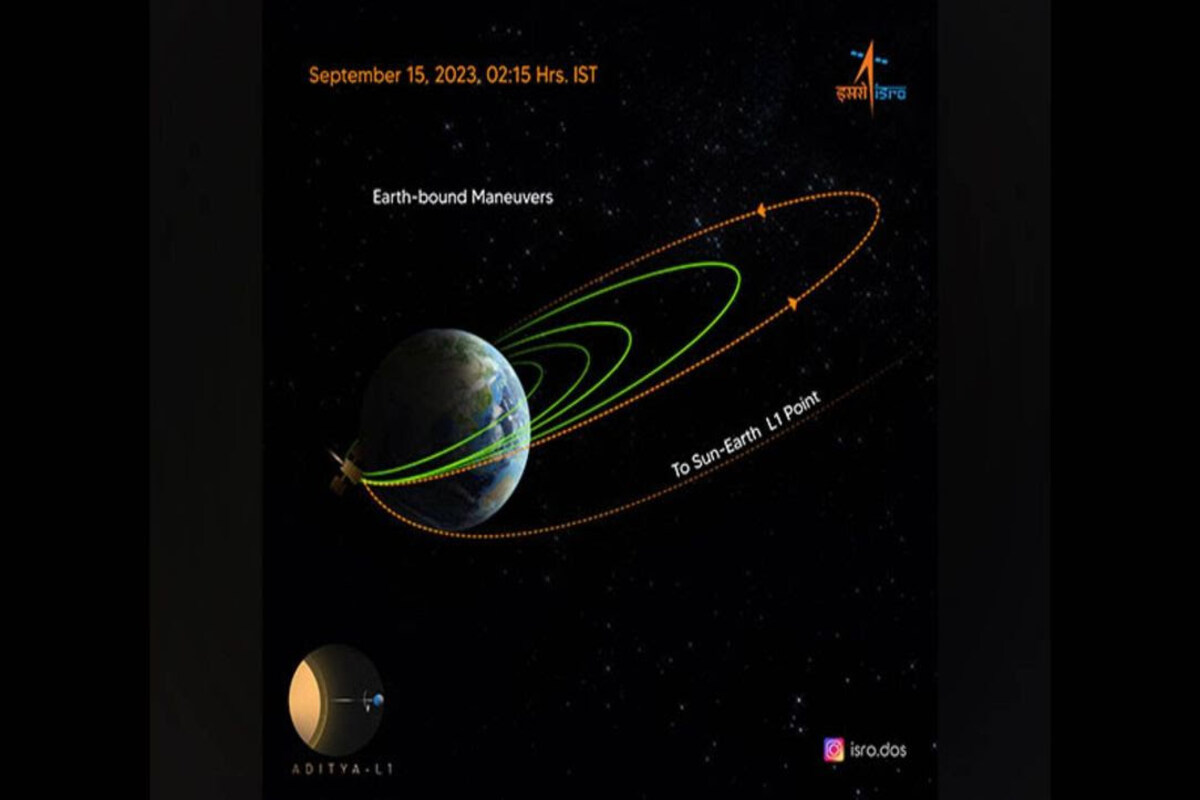The Indian Space Research Organisation or ISRO’s first solar mission – Aditya L1 – has successfully escaped the sphere of Earth’s influence. Aditya L1 solar mission has travelled more than 9.2 lakh kilometers and is now heading towards its final destination – Lagrange Point L1 of the Sun-Earth system, ISRO said on Saturday.
This is only the second time when ISRO has sent a spacecraft outside the Earth’s sphere of influence. The first one to escape the sphere of Earth’s influence was Mars Orbiter Misson Mangalyaan.
Advertisement
“The spacecraft has travelled beyond a distance of 9.2 lakh kilometres from Earth, successfully escaping the sphere of Earth’s influence. It is now navigating its path towards the Sun-Earth Lagrange Point 1 (L1). This is the second time in succession that ISRO could send a spacecraft outside the sphere of influence of the Earth, the first time being the Mars Orbiter Mission,” the ISRO said in a post on X, formerly Twitter.
Earlier on September 19, Aditya L1 had successfully performed a crucial Trans-Lagrangian Point 1 Insertion (TL1I) manoeuvre that put it on the Sun-Earth L1 point trajectory.
Aditya L1, India’s first space-based solar mission, was launched from the Satish Dhawan Space Centre at Sriharikota in Andhra Pradesh on September 2.
Aditya L1 is India’s first space-based observatory class solar mission that will stay approximately 1.5 million km away from Earth. The solar mission will study the outer atmosphere of the sun over the next four years.
Aditya L1 will not land on the Sun. It will be placed in a halo orbit around the Lagrange Point L1 in the Sun-Earth system. Aditya L1 will travel 1.5 million KM and take 125 days to reach its destination.
Aditya L1 spacecraft is carrying seven payloads – Visible Emission Line Coronagraph(VELC), Solar Ultraviolet Imaging Telescope (SUIT), Solar Low Energy X-ray Spectrometer (SoLEXS), High Energy L1 Orbiting X-ray Spectrometer(HEL1OS), Aditya Solar wind Particle Experiment(ASPEX), Plasma Analyser Package For Aditya (PAPA), and Advanced Tri-axial High-Resolution Digital Magnetometers.











